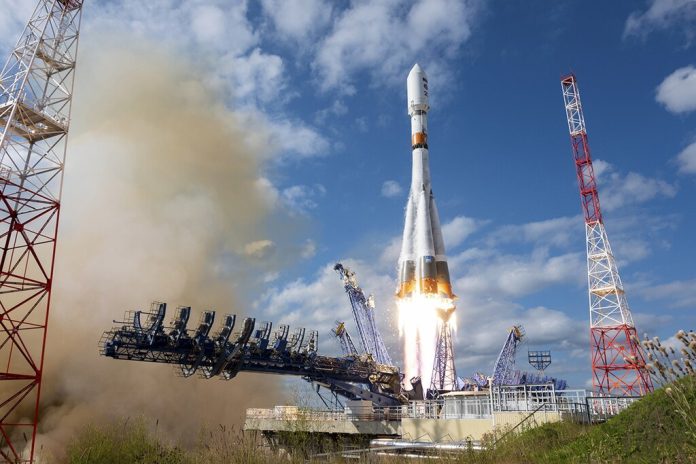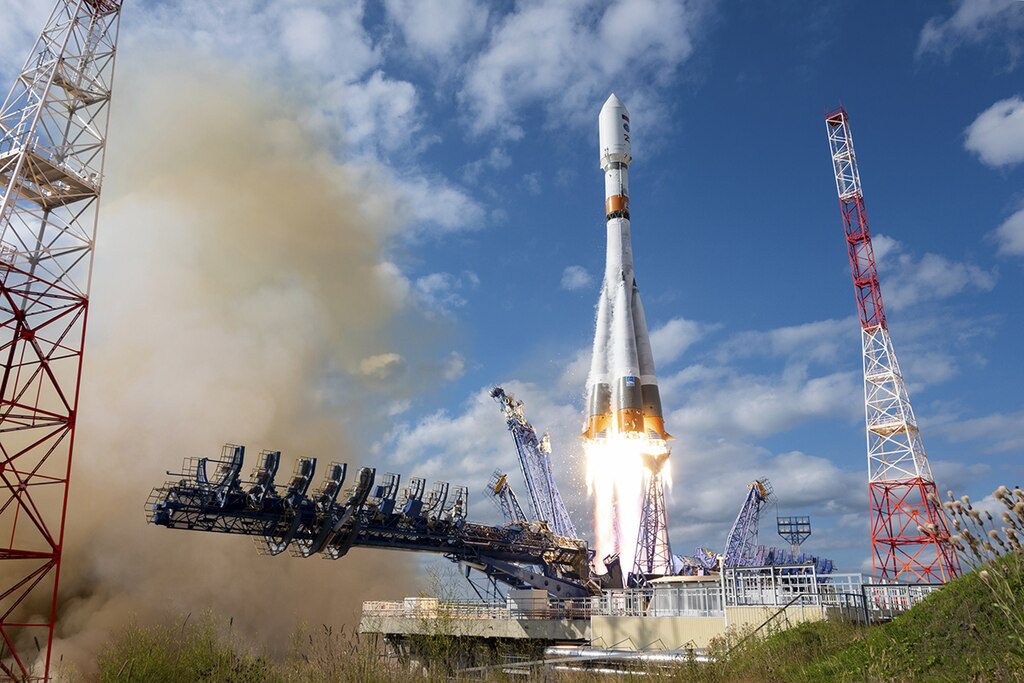
They came back from space scorched but alive: seventy-five mice, more than 1,500 fruit flies, seeds of twenty plants, extremophilic microbes from the most hostile locations on Earth, and cell cultures all packed into a capsule whose descent set off a small grass fire on the Orenburg plains. Bion-M No. 2, launched August 20 on a Soyuz-2.1b rocket from Baikonur, remained in orbit thirty days in a polar orbit at 370–380 kilometers altitude, exposing its biological payload to cosmic radiation levels far greater than those of its Bion-M No. 1 precursor.
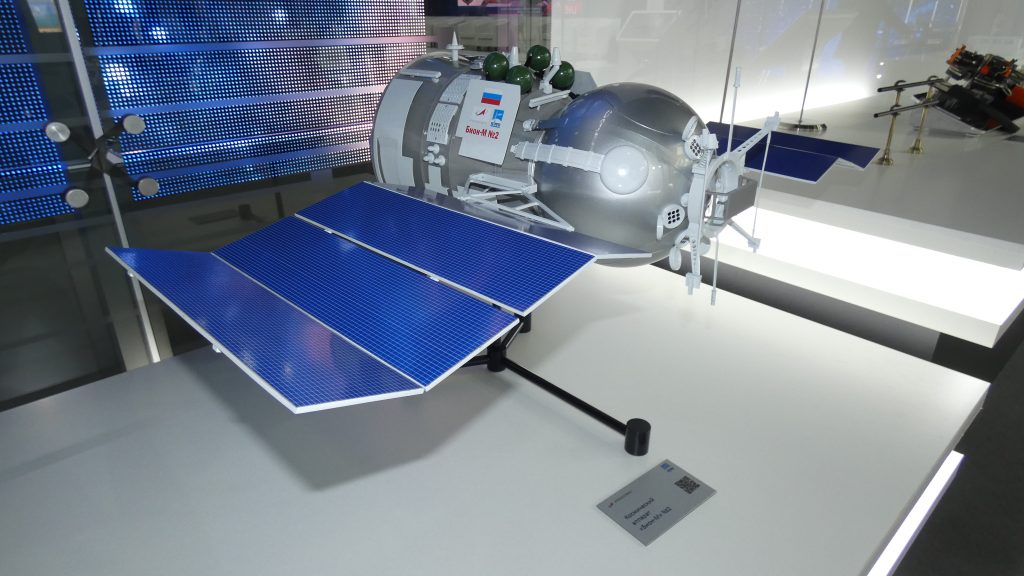
1. Engineering a Modern Biosatellite
Bion-M missions are based on the solid design heritage of Zenit reconnaissance satellites, inherited in turn from Vostok spacecraft that sent the first humans into space. The reentry capsule and service module were modified to support biomedical research with radiation dosimeters mounted at a number of internal positions to measure exposure gradients. Ten research topics of the mission were on gravitational physiology, plant and microbial biology, biotechnological systems, and radiobiological safety, and student-designed experiments were included.
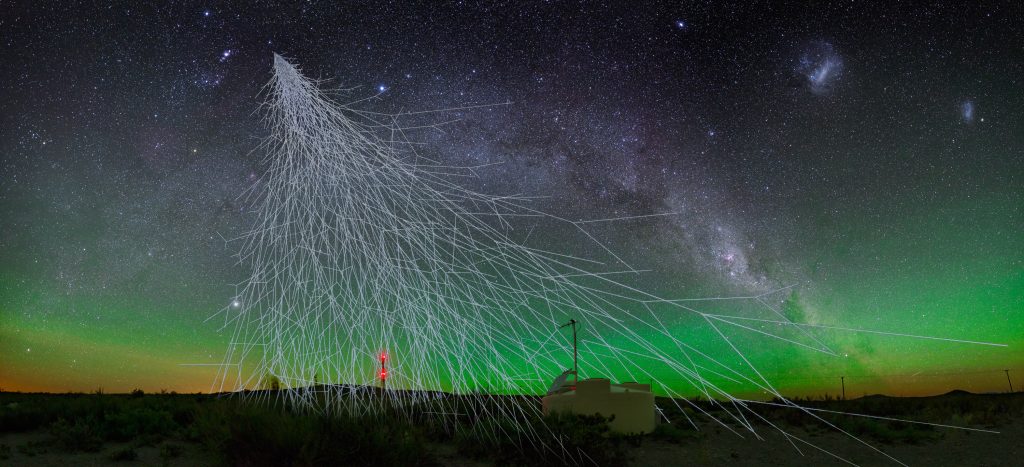
2. Radiation Stress Gravitational Physiology
Central to the effort were experiments in C57BL/6 mice, such as genetically manipulated “knockout” mice with impaired NRF2 gene function, a critical regulator of detoxification and antioxidant defense. By controlling the sensitivity to radiation, researchers aim to model how immune systems respond to combined galactic cosmic radiation (GCR) and microgravity. Heart rate and body temperature were tracked by under-the-skin sensors implanted in the rodents, and behavioral tests e.g., trained nose-poking tasks will reveal post-flight changes in learning and memory.
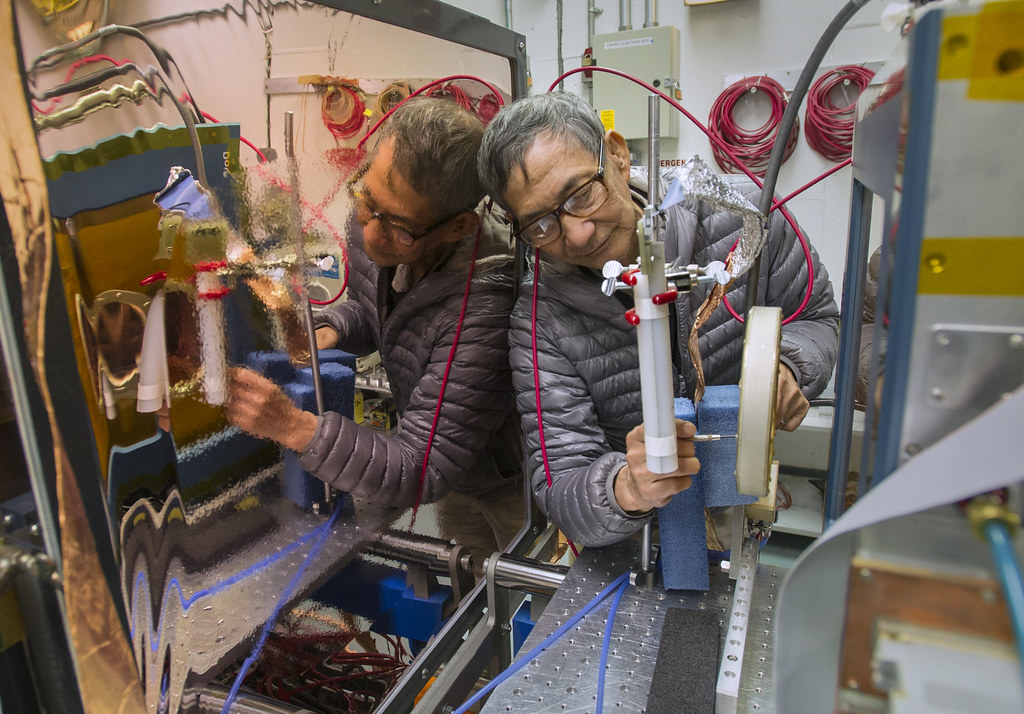
3. Uncovering Radiation’s Biological Signature
Radiobiology in space has shown that dose-response curves for GCR irradiation can cause acute and late effects that vary from eye flashes at LET >5–10 keV/μm to cancer risk enhancement with doses less than 100 mGy. Chronic low-dose irradiation was applied to Bion-M No. 2 mice under conditions of deep-space missions, enabling research on markers such as chromosomal aberrations and DNA repair kinetics. Earlier ISS measurements indicated an increase in complicated chromosome exchanges post-flight, underscoring the relevance of such in vivo models.
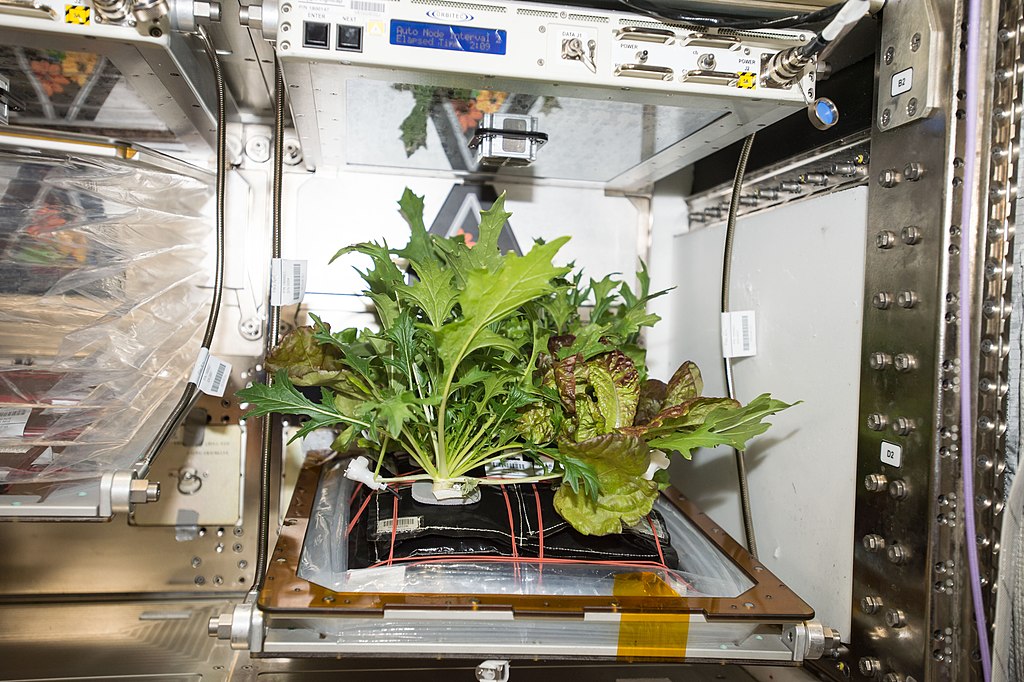
4. Agriculture in Space Under Cosmic Conditions
Seeds of plants like Schrenck’s tulip, thale cress, tomatoes, and wheat were sent up to observe germination and growth of seedlings upon exposure to microgravity and radiation. Research on the ISS has also shown plant telomeres, or sheltering DNA end caps, to react to radiation stress by enhancing telomerase activity by as much as 150-fold, providing potential resilience mechanisms. Telomere dynamics, oxidative stress markers, and generational rates of mutation will be measured in the samples from the Bion-M No. 2 and data that will be valuable for the design of sustainable bioregenerative life support systems.
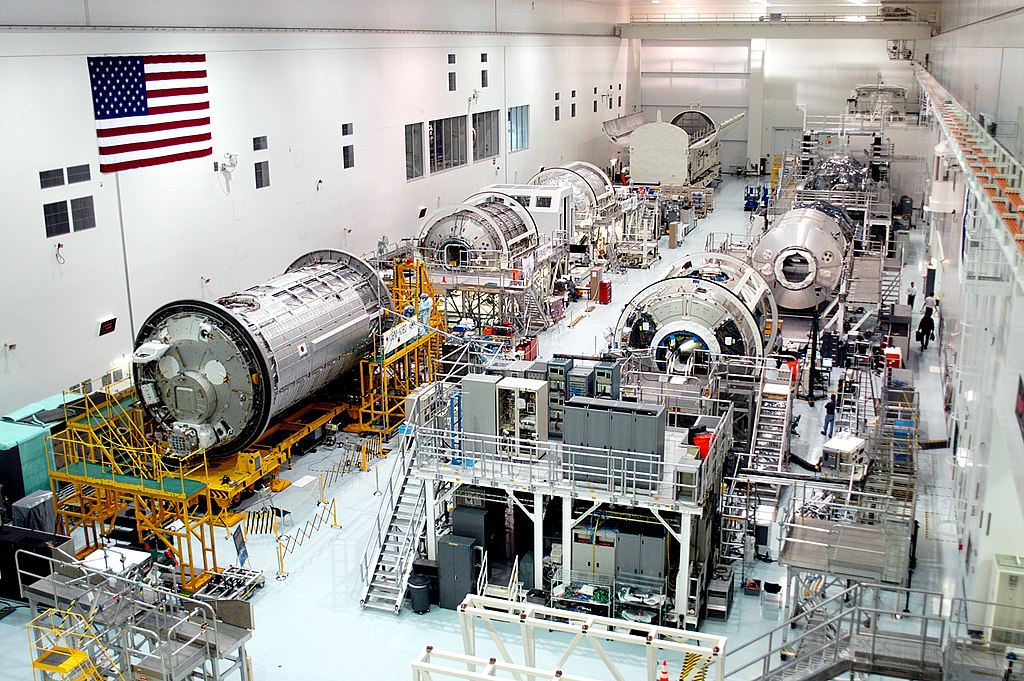
5. Microbial Extremophiles and the Panspermia Test
The “Meteorite” test implanted basalt disks containing microbial strains in the capsule hull to test survival on reentry into the atmosphere. Other ESA-run STONE experiments proved sedimentary rocks can preserve microfossils and biomarkers despite ablation and mineralogical alteration at ~1700°C. However, healthy cells such as Chroococcidiopsis bacteria were carbonized even when covered with 2 cm of rock. The results of Bion-M No. 2 will further refine models of microbial viability and thermal protection and will form the basis of both panspermia viability testing and planetary protection procedures.
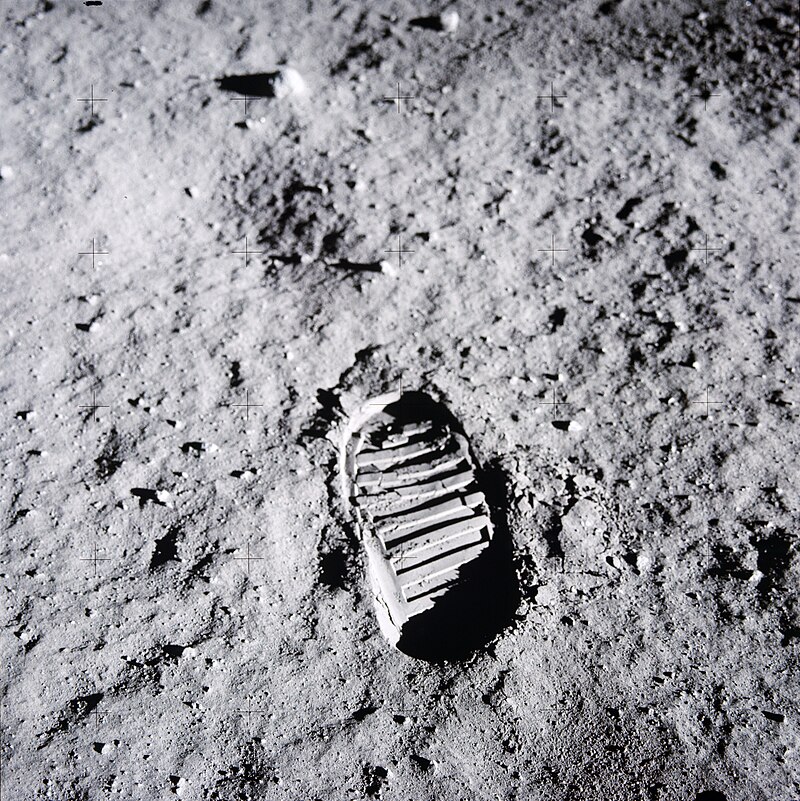
6. In Vitro and Waste Recycling Technologies
Cell cultures in vessels under controlled environments were exposed to open space for a month, as well as test tubes of lunar soil analog for future astrobiological tests. Other payloads looked into microbial bioelectricity production and bioconversion of waste materials, like worn-out clothes, into valuable resources technologies ready for use with closed-loop systems for long-duration missions
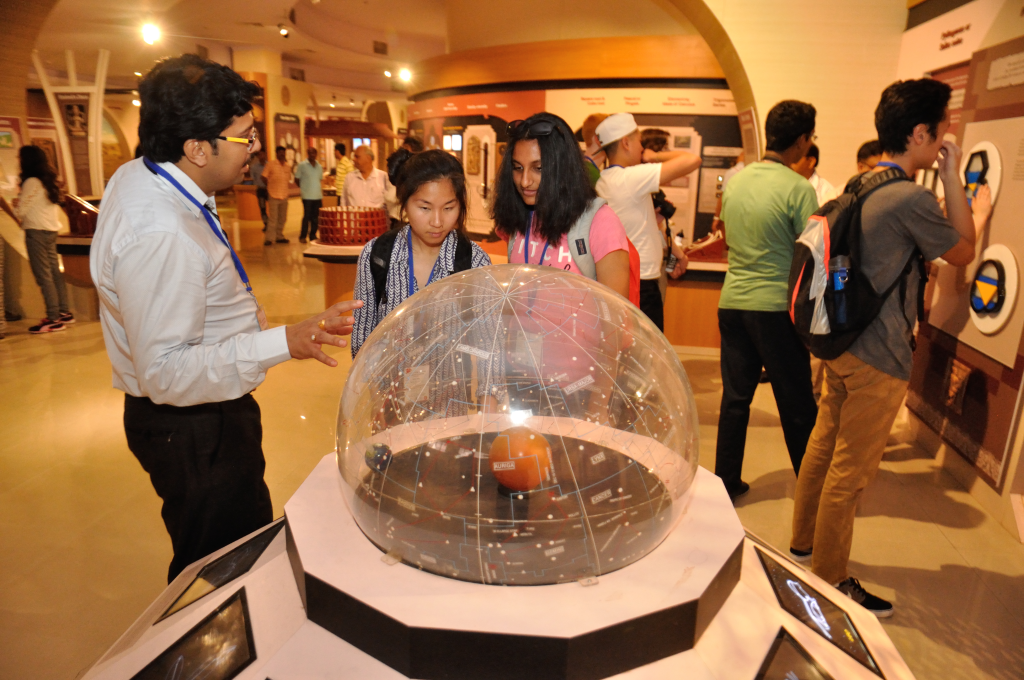
7. Experiments by Students in Orbit
Among the payloads to teach were an ant habitat of plexiglass (“Ecosystem in Orbit”) and tomato seeds from a Russo-Belarusian initiative. These tests provided outreach opportunities in addition to contributing to data on small-scale ecological systems in microgravity.
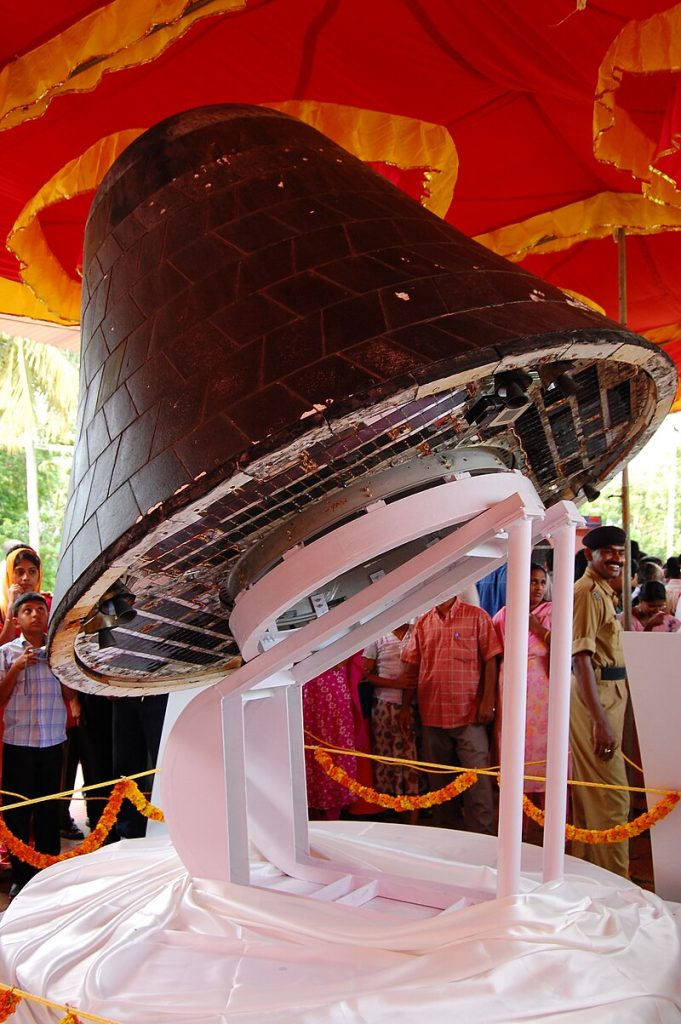
8. Recovery and Immediate Analysis
Once they landed, helicopters carrying search parties ferried technical teams to make speedy specimen retrievals. Initial testing in a field medic tent included motor activity tests on flies to identify nervous system injury. Mice will undergo staged dissections and longitudinal health monitoring for thirty days, while plant and microbial samples are sent to Moscow labs for genomic, biochemical, and physiological research.
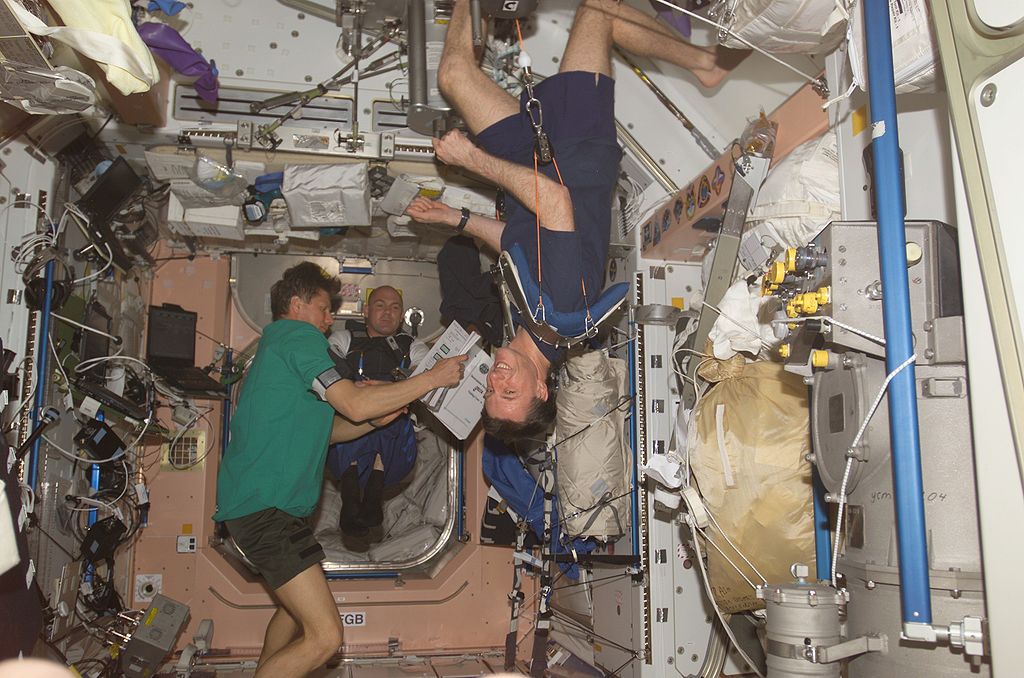
9. Implications for Human Spaceflight
With gravitational physiology, radiobiology, and biotechnology experimentations integrated into its payload, Bion-M No. 2 also addresses important engineering challenges: shielding optimization, life support system planning, and biological risk. Data from its diverse payload will be used in dose-effect models that guide astronaut career exposure limits and contribute to habitat design for flights outside low Earth orbit, where GCR doses up to 0.6 Sv on a round trip to Mars NASA’s lifetime limits.
